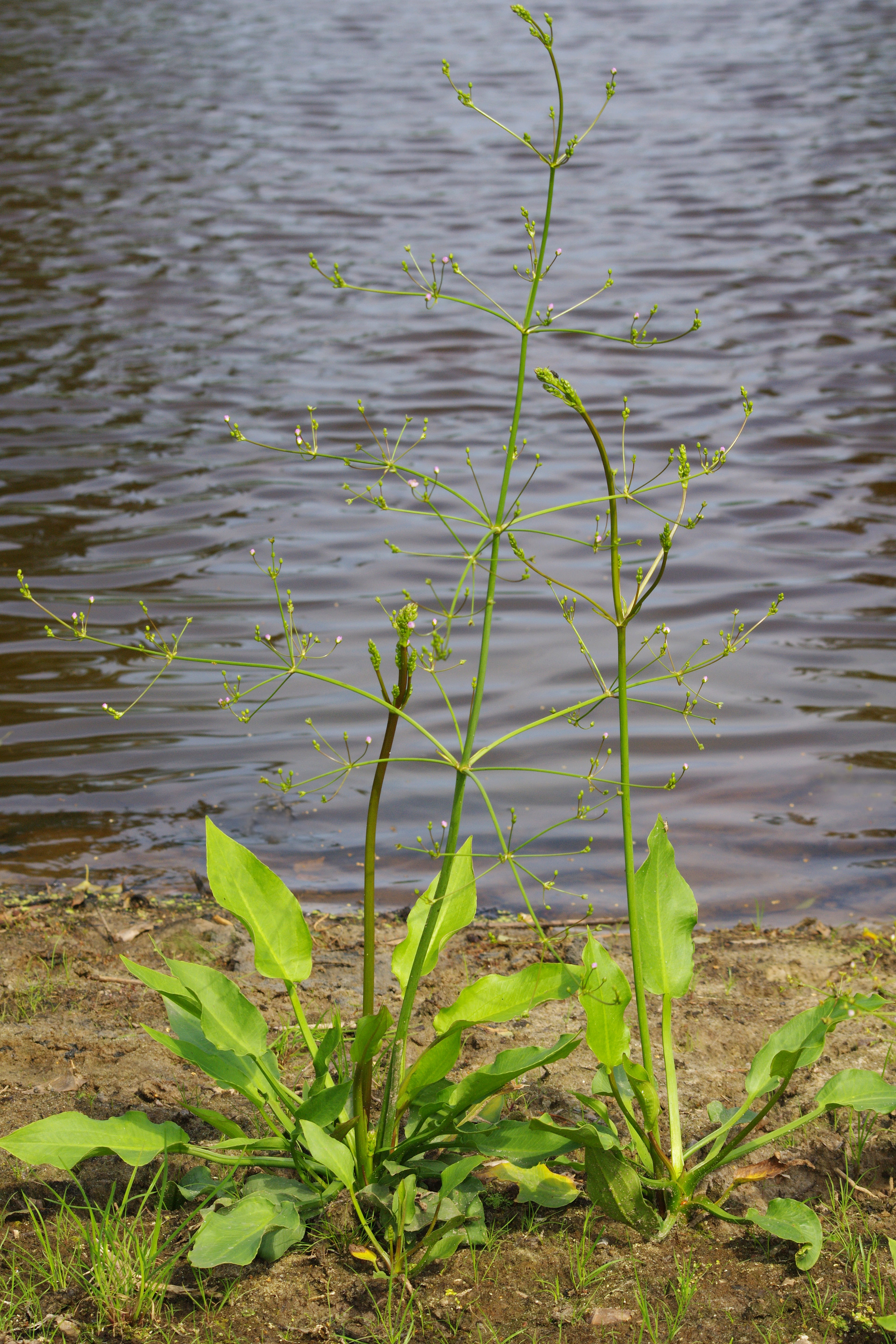Alismatid monocots on:
[Wikipedia]
[Google]
[Amazon]
 Alismatid monocots (alismatids, basal monocots) is an informal name for a group of early branching (hence basal)
Alismatid monocots (alismatids, basal monocots) is an informal name for a group of early branching (hence basal)
 Alismatid monocots (alismatids, basal monocots) is an informal name for a group of early branching (hence basal)
Alismatid monocots (alismatids, basal monocots) is an informal name for a group of early branching (hence basal) monocots
Monocotyledons (), commonly referred to as monocots, ( Lilianae '' sensu'' Chase & Reveal) are grass and grass-like flowering plants (angiosperms), the seeds of which typically contain only one embryonic leaf, or cotyledon. They constitute one of ...
, consisting of two orders, the Acorales
''Acorus'' is a genus of monocot flowering plants. This genus was once placed within the family Araceae (aroids), but more recent classifications place it in its own family Acoraceae and order Acorales, of which it is the sole genus of the old ...
and Alismatales
The Alismatales (alismatids) are an order of flowering plants including about 4,500 species. Plants assigned to this order are mostly tropical or aquatic. Some grow in fresh water, some in marine habitats.
Description
The Alismatales compr ...
. The name has also been used to refer to the Alismatales alone. Monocots are frequently treated as three informal groupings based on their branching from ancestral monocots and shared characteristics: alismatid monocots, lilioid monocots
Lilioid monocots (lilioids, liliid monocots, petaloid monocots, petaloid lilioid monocots) is an informal name used for a grade (grouping of taxa with common characteristics) of five monocot orders ( Petrosaviales, Dioscoreales, Pandanales, ...
(the five other non-commelinid monocots) and commelinid monocots
In plant taxonomy, commelinids (originally commelinoids) (plural, not capitalised) is a clade of flowering plants within the monocots, distinguished by having cell walls containing ferulic acid.
The commelinids are the only clade that the APG IV ...
. Research at the Royal Botanical Gardens, Kew
Royal Botanic Gardens, Kew is a non-departmental public body in the United Kingdom sponsored by the Department for Environment, Food and Rural Affairs. An internationally important botanical research and education institution, it employs 1,100 ...
is organised into two teams I: Alismatids and Lilioids and II: Commelinids. A similar approach is taken by Judd in his ''Plant systematics''.
Phylogeny
Cladogram
A cladogram (from Greek ''clados'' "branch" and ''gramma'' "character") is a diagram used in cladistics to show relations among organisms. A cladogram is not, however, an evolutionary tree because it does not show how ancestors are related to ...
showing the orders of monocots (Lilianae
Lilianae (also known as Liliiflorae) is a botanical name for a superorder (that is, a rank higher than that of order) of flowering plants. Such a superorder of necessity includes the type family Liliaceae (and usually the type order Liliales). Te ...
''sensu
''Sensu'' is a Latin word meaning "in the sense of". It is used in a number of fields including biology, geology, linguistics, semiotics, and law. Commonly it refers to how strictly or loosely an expression is used in describing any particular c ...
'' Chase & Reveal) based on molecular phylogenetic evidence according to the Angiosperm Phylogeny Group IV (APG IV).
Subdivision
Of the two orders, the Acorales ismonotypic
In biology, a monotypic taxon is a taxonomic group (taxon) that contains only one immediately subordinate taxon. A monotypic species is one that does not include subspecies or smaller, infraspecific taxa. In the case of genera, the term "unispe ...
, consisting of a single family, the Acoraceae, which in turn has a single genus, ''Acorus
''Acorus'' is a genus of monocot flowering plants. This genus was once placed within the family Araceae (aroids), but more recent classifications place it in its own family Acoraceae and order Acorales, of which it is the sole genus of the oldes ...
'' with two species. By contrast, the Alismatales is a much larger grouping, with about 13 families, 165 genera and about 4,500 species.
References
Bibliography
* * * * * Monocots {{Monocot-stub